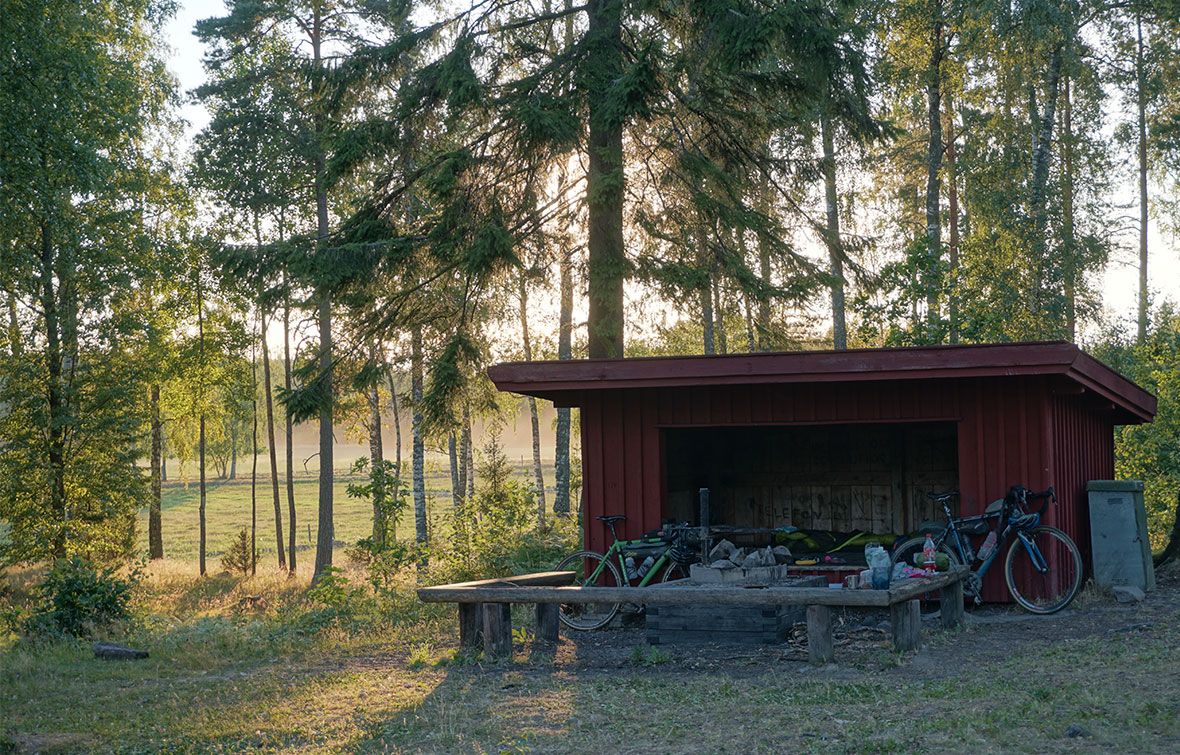After a number of trips our toolset for planning has evolved and we find ourself going back to a few websites and approaches time and time again. To make your life a bit easier we would like to share what we learned. This text will focus on cycling, but we use the same stuff for hiking as well.
First of all: I see planning as part of the fun and I have many more routes and ideas than actual rides. Secondly we like to go out with a specific route and change it while traveling. This allows to you to clearly define how far you need to get each day and focus on riding and enjoying yourself instead of looking at a map all the time (except if that´s your cup of tea).
Step by step
Deciding on the where and how:
The very first thing is to decide where you want to go (the mountains, along a certain river, right outside your own door etc.) and what kind “traveling mode” (road or gravel cycling, mountain biking etc.) you want to use. Inspiration is not a problem for us as we already collected a long list of possible trips / destinations which we are happy to share.
Take a look at our Bucketlist to find out what we already have in mind!
However sites like bikepacking.com or montanuswild.com are great sources for inspiration - but be aware that many trips described there might look and sound fantastic but might be too “big” in terms of scale and time.
Stealing ideas and routes:
Typically we start of by searching the web for examples of trips people have already done in the area that we want to go to. In some cases the somebody has done almost exactly what you want to do and shared their route and experiences online. Posted rides on ride sharing platforms (like Strava, RidewithGPS, GPSies etc.) can be copied and reused or help you to understand how difficult the route is and how long you might take to complete it. A trick I like to just to find existing routes is to use the GPSies extended search.
Just enter the place you are starting from in the “City” field and the place you want to go to into “Name / Descripcion”. More often then not you will find a few examples of routes that people have planned or done.
Route planning:
If you have not taken somebody else's route it makes sense to start of with a rough draft to understand how far towns are from each other and as a basis for discussion with your riding partner(s). I like to use Google Maps for this as it is super easy to use, quick and includes cycling navigation in most countries.
Detailed planning:
The next step is to plan a specific route that you can put on your GPS device (Garmin or otherwise). We use two tools for this: Either the Strava Route Builder or RidewithGPS.
Stravas main feature is the “heatmap” which allows you to see which roads, tracks and paths have been used most frequently by other riders - This is great to see if what is marked on a map as a road is actually there and if it is accessible by the public, furthermore there is a good correlation between where people ride and which routes are scenic etc. .
RidewithGPS is great because it allows you to use many different maps to plan on (commercial ones and Openstreetmap as well), change these while planning. Furthermore you can use Google Street View on any base map. Street View while planning is useful to check with road surface a piece of track has and what quality it is.
Finding places to sleep:
You might do this as part of step 3 already if you planning to stay in towns but we have found that normally this can be done at the end and even during your trip as well.
There are a few things we have used again and again: Finding B&B or hostels using the local turism info webpage. Booking.com and similar pages work great but we have found that many small hostels etc. are not listed there.
Using Openstreepmaps to find shelters and camp spots: Many mountain and forest shelters are marked on the map, be aware however that a shelter symbol in an urban area tipically means a bus stop. Many small lakes and footpaths are only visible here and not on commercial maps, so find a short dead end into the woods can often lead to a good place to spend the night.
Finding a place to stay on Warmshowers. This website is justed by cycle tourist around the world to offer other riders a place to stay. The deal is that you can only join if you also offer to take people into your home - so you need to decide if you are comfortable with this.
So these are a few tips on how to plan your trips. In the end the how of course if much less important than the what and that you actually do it:
Get out there!

